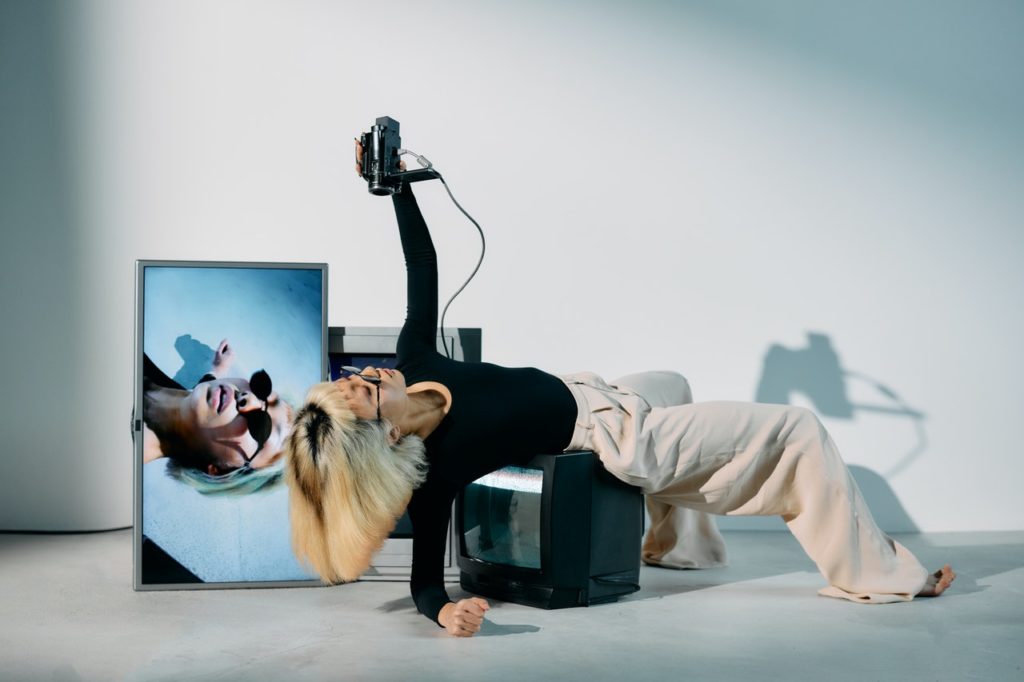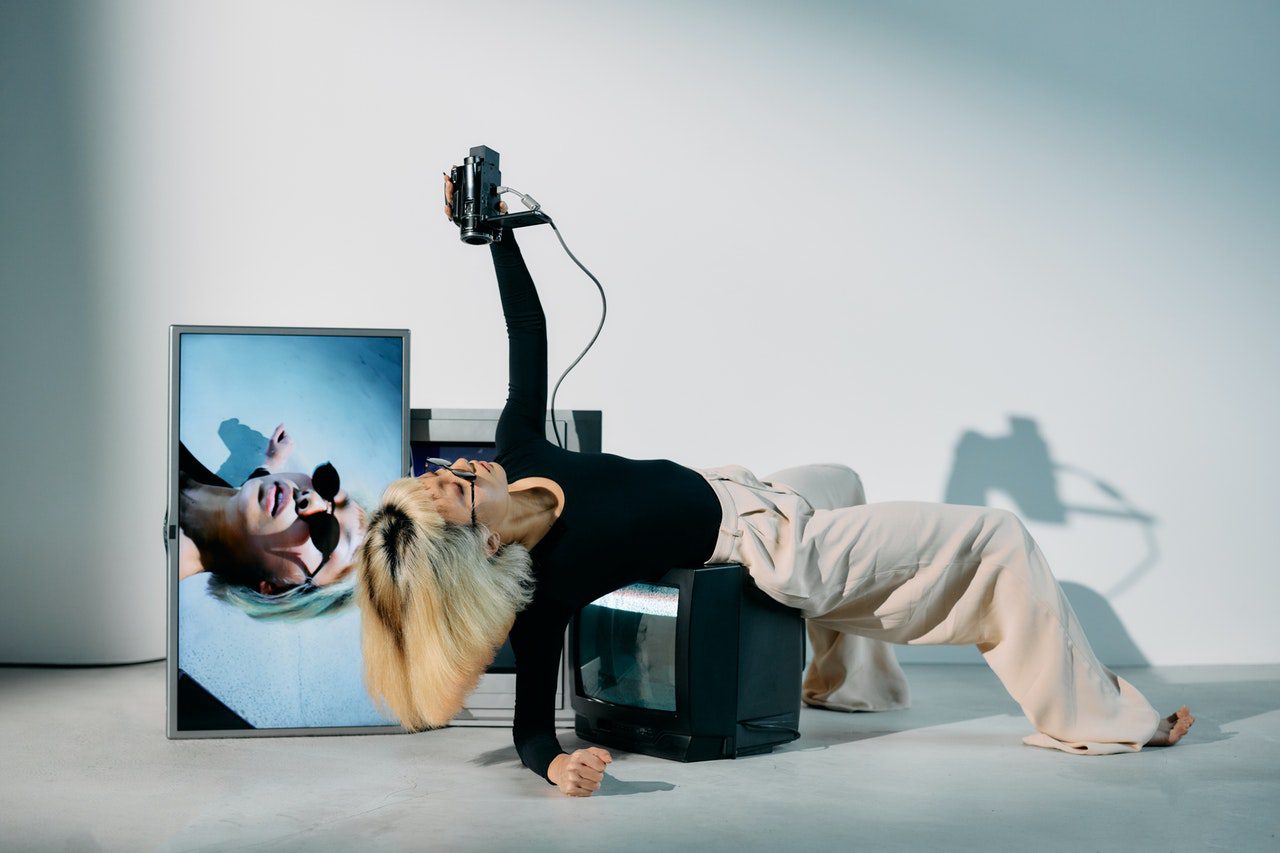Whether you’re buying a smartphone, laptop, computer monitor, or TV, one thing that you will surely come across is screen resolution. But do you actually know what screen resolution is? If you’re here at this post, you are likely looking for some clarity.
Keep reading for an answer to “what is screen resolution?” and why is it so important for editing video and photo?
So, What IS Screen Resolution?
Screen resolution is essentially the level of definition a monitor is capable of in portraying colors, contrast and details. A key element to determining screen resolution is pixels.
When you are looking at any screen, you are looking at a matrix of pixels. Each pixel portrays a specific color and lightness. Put a ton of these little pixels together, and you have an image. Think of it almost like a mosaic.

Two popular monitor resolutions are 1080p and 4K. These numbers tell you how many pixels there are in the screen. For example, a 1080 monitor has just over 2 million pixels (1920 x 1080) and a 4K monitor has nearly 9 million (4,096 x 2,160). And the theory goes, the more pixels a screen has, the better its resolution will be. Because you have more individual pixels to represent different colors and brightness, a screen with more pixels can create more detail.
With this logic, it’s easy to come to the conclusion that 4K is way better for an editing monitor than 1080. But you might be surprised at the truth. And it all comes down to the human eye. Check out our look at if a 4K monitor is really necessary for editing photo and video to learn more.
So, more pixels is generally a good thing. But what about screen size and screen resolution?
What’s the Relationship Between Screen Size and Resolution?
Many buyers who are new to high definition monitors or new TVs, often confuse resolution and screen size. The truth is, the two can fluctuate independently (for the most part).
For example, it’s becoming more common for smartphones to have 1440p screens. That means the little Android in your pocket is possibly packing in 4 million pixels into a tiny space. And consider that the best photo and video editing monitors are still being made which can be many times larger than a smartphone.
As technology gets better, tech companies are able to fit more pixels into smaller spaces. So, while size may be an important feature for some editors and screen resolution more important for others, you don’t actually need to sacrifice one for the other.

Okay cool. But how do I decide what screen resolution is best for me?
Deciding on a screen resolution for your next photo or video editing monitor really comes down to you and how you plan to use it. In reality, we recommend paying more attention to monitor color space than resolution. This is because the color space has way more to do with how an image looks on a given screen than whether the screen is 4K or not.
Does Screen Resolution Matter in Video and Photo Editing?
Even though we favor a screen with a wider color range, we still respect screen resolution. This is especially true for more advanced editors. Here are the main ways monitor resolution impacts editing images:
Higher screen resolutions allow more freedom in post-production.
As mentioned above, a higher resolution means more pixels. And more pixels, means more room to manipulate things like color. It’s important to keep in mind though that if the footage you are editing was shot in 720 or 1080, your 4K monitor won’t be that much better than a 1080 monitor. It’s important to know what resolution footage or photo you will actually be editing before buying a new monitor.
The industry is moving towards higher resolutions at a rapid pace.
If you’re someone who dreams of editing the next summer blockbuster or having your images published in Nat Geo, you should probably pay close attention to resolution. As the industry moves ever closer towards 8K resolution, editors still stuck in 1080 might be left in the dust.
You’re a movie buff.
Yeah, this point doesn’t have to do much with actually editing things. But if you’re watching movies on your editing monitor, resolution might matter. It can be hard for most people to distinguish between the various high definition resolutions, but… the higher the better even so.
